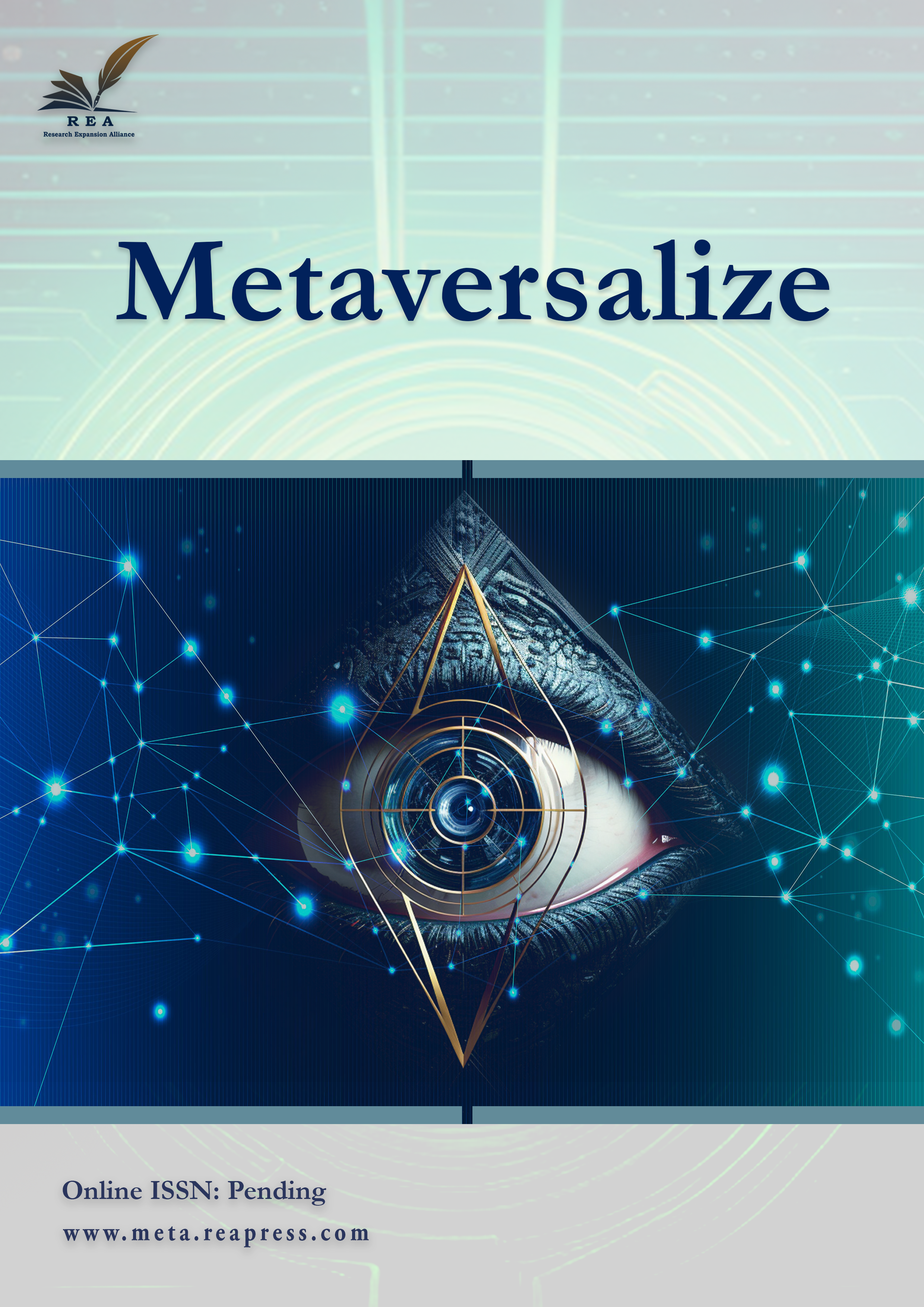AI–powered routing mechanisms for IoT networks in smart cities
Abstract
As urban areas expand, the need for secure, efficient, and eco-friendly urban solutions becomes more pressing. Smart cities tackle these issues by utilizing the Internet of Things (IoT) to link physical infrastructure with advanced digital systems. This synergy improves the management of urban resources and greatly enhances the quality of life for residents. A key element in this advancement is the function of Artificial Intelligence (AI) in refining routing methods within IoT networks, allowing cities to adapt effectively to changing conditions. This paper examines the crucial elements involved in designing smart cities, stressing the significance of AI-driven routing techniques in IoT networks. We introduce a novel AI-IoT framework that prioritizes real-time monitoring and traffic management. By implementing IoT sensors throughout urban environments—on highways, bridges, and energy systems—the framework collects and analyzes real-time data to enhance vehicle routing. This optimization alleviates congestion, reduces fuel usage, and lessens emissions, supporting broader urban sustainability efforts. Our thorough simulations and case studies across various urban contexts reveal notable enhancements in traffic flow and environmental effects. Furthermore, we explore the role of Unmanned Aerial Vehicles (UAVs) within smart city infrastructure. We create a multi-objective routing strategy that produces efficient, non-dominated solutions by optimizing drone trajectories in IoT networks while addressing obstacles and restricted zones. These UAV routes are evaluated using advanced visualization tools, which assist in reconciling competing goals and ensuring smooth integration into urban environments. This study offers valuable perspectives for policymakers, urban planners, and transportation officials. It underscores the scalability and cost-effectiveness of AI-enhanced routing solutions that can improve connectivity and sustainability in smart cities.
Keywords:
Smart cities, Artificial intelligence, Internet of things, Routing mechanisms, Unmanned aerial vehiclesReferences
- [1] Javed, A. R., Shahzad, F., ur Rehman, S., Zikria, Y. Bin, Razzak, I., Jalil, Z., & Xu, G. (2022). Future smart cities: Requirements, emerging technologies, applications, challenges, and future aspects. Cities, 129, 103794. https://doi.org/10.1016/j.cities.2022.103794
- [2] Rehan, H. (2023). Internet of things (IoT) in smart cities: Enhancing urban living through technology. Journal of engineering and technology, 5(1), 1-16. https://B2n.ir/nt9397
- [3] Mohapatra, H. (2021). Smart city with wireless sensor network. Independently published. https://www.amazon.com/Smart-City-Wireless-Sensor-Network/dp/B09P47J4XB
- [4] Mohapatra, H., Rath, A. K., Balajee, R. M., & Devi, H. S. (2022). Comparative case study on smart city versus digital city. In Handbook of research of internet of things and cyber-physical systems (pp. 51–78). Apple Academic Press. https://b2n.ir/sq3735
- [5] Van Hoang, T. (2024). Impact of integrated artificial intelligence and internet of things technologies on smart city transformation. Journal of technical education science, 19(Special Issue 01), 64-73. https://doi.org/10.54644/jte.2024.1532
- [6] Anjum, K. N., Raju, M. A. H., Saikat, M. H., Avi, S. P., Islam, K. T., Hoque, R., & Imam, T. (2024). Exploring the multifaceted impact of artificial intelligence and the internet of things on smart city management. Journal of computer science and technology studies, 6(1), 241–248. https://doi.org/10.32996/jcsts.2024.6.1.28
- [7] Wang, K., Zhao, Y., Gangadhari, R. K., & Li, Z. (2021). Analyzing the adoption challenges of the internet of things (IoT) and artificial intelligence (AI) for smart cities in china. Sustainability, 13(19), 10983. https://doi.org/10.3390/su131910983
- [8] Dinh, Q. M. (2024). Utilizing unmanned aerial vehicles in commerce and managing supply chains-a literature review. https://www.theseus.fi/handle/10024/863437
- [9] Dai, M., Huang, N., Wu, Y., Gao, J., & Su, Z. (2022). Unmanned-aerial-vehicle-assisted wireless networks: Advancements, challenges, and solutions. IEEE internet of things journal, 10(5), 4117–4147. https://doi.org/10.1109/JIOT.2022.3230786
- [10] Tao, X., Cheng, L., Zhang, R., Chan, W. K., Chao, H., & Qin, J. (2023). Towards green innovation in smart cities: Leveraging traffic flow prediction with machine learning algorithms for sustainable transportation systems. Sustainability, 16(1), 1–22. https://doi.org/10.3390/su16010251
- [11] Kong, X., Duan, G., Hou, M., Shen, G., Wang, H., Yan, X., & Collotta, M. (2022). Deep reinforcement learning-based energy-efficient edge computing for internet of vehicles. IEEE transactions on industrial informatics, 18(9), 6308–6316. https://doi.org/10.1109/TII.2022.3155162
- [12] Alahi, M. E. E., Sukkuea, A., Tina, F. W., Nag, A., Kurdthongmee, W., Suwannarat, K., & Mukhopadhyay, S. C. (2023). Integration of IoT-enabled technologies and artificial intelligence (AI) for smart city scenario: Recent advancements and future trends. Sensors, 23(11), 1–36. https://doi.org/10.3390/s23115206
- [13] Schoener, E. R. (2024). A comprehensive review and practical applications of pathfinding algorithms. https://louis.uah.edu/cgi/viewcontent.cgi?article=1913&context=honors-capstones
- [14] Zhu, D. D., & Sun, J. Q. (2021). A new algorithm based on Dijkstra for vehicle path planning considering intersection attribute. IEEE access, 9, 19761–19775. https://doi.org/10.1109/ACCESS.2021.3053169
- [15] Abualigah, L., Sheikhan, A., M. Ikotun, A., Zitar, R. A., Alsoud, A. R., Al-Shourbaji, I., … & Jia, H. (2024). Particle swarm optimization algorithm: Review and applications. Metaheuristic optimization algorithms: optimizers, analysis, and applications, 1–14. https://doi.org/10.1016/B978-0-443-13925-3.00019-4






